There is no need to dive to the bottom of the ocean to find a hidden treasure chest or priceless object. You can now find such a gold mine in Santorini. Greek art collector and art historian aficionado, Dimitris Tsitouras has assembled a historic and Modern art collection in his luxurious hotel in one of the most idyllic islands in the world, Santorini. His collection encompasses close to 4000 Greek artefacts including modern and contemporary artworks. Tsitouras is soon anticipating to house this glorious collection into a museum for the world to see on the island. Despite his long and successful career as a lawyer, he created a complex of uniquely decorated houses to host his collection and accommodate his friends from abroad on the island. Infatuated by the location and the mansion’s allure, his guests suggested he transform it into a hotel. Since then, he has devoted himself to become a celebrated designer and hotelier, rendering it into a five star boutique hotel. The collector is also a founder of the Archive of Therian Studies, the Museum of Santorini as well as a founding member of the Greek Society of Cartography and the Greek Folklore Society.
Dimitris Tsitouras discusses about his friendship with renowned Greek painter and long-term friend Yannis Tsarouhis, and the main particularities of Greek art.
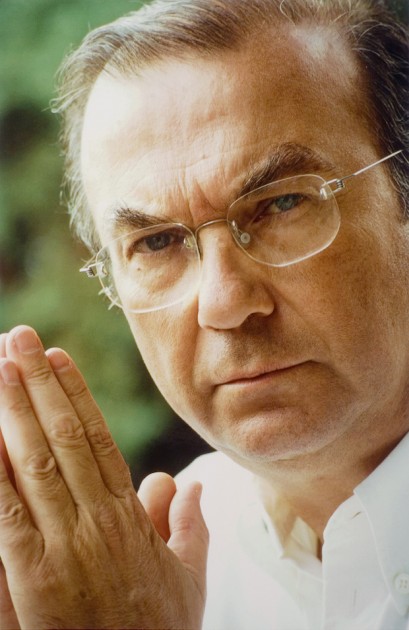
The Collection
When did you start collecting art? What motivated you to start?
I first started collecting from a very young age. When you start collecting, this “routine” transforms from a hobby to a need. My motivation was always historical and was based on my eagerness to discover the past.
What is your focus regarding the artists in your collection?
My art collections are divided into 14 different collections. My first collection is based on the island of Santorini as seen by European visitors between 15th – 19th century. As far as it concerns artists, Yannis Tsarouhis is an artist which I was lucky to meet and become great friends with, who is considered one of the greatest painters of 20th century Greece. Out of the 14 collections I own, I have one dedicated to this artist.
Do you have a preference for a particular medium? If so, which one?
The wreath, historically is a sign of an eternal friendship. When I asked Yannis Tsarouhis to draw me something, he made me a laurel wreath, which from then onwards has followed me every step along the way. It is now the sign of my collection: “The Tsitouras Collection”. I can admit it may be one of my favourite ones.
Which artworks are your most prized possession?
This question is impossible to answer, it is like asking me which of my kids are my favourite!
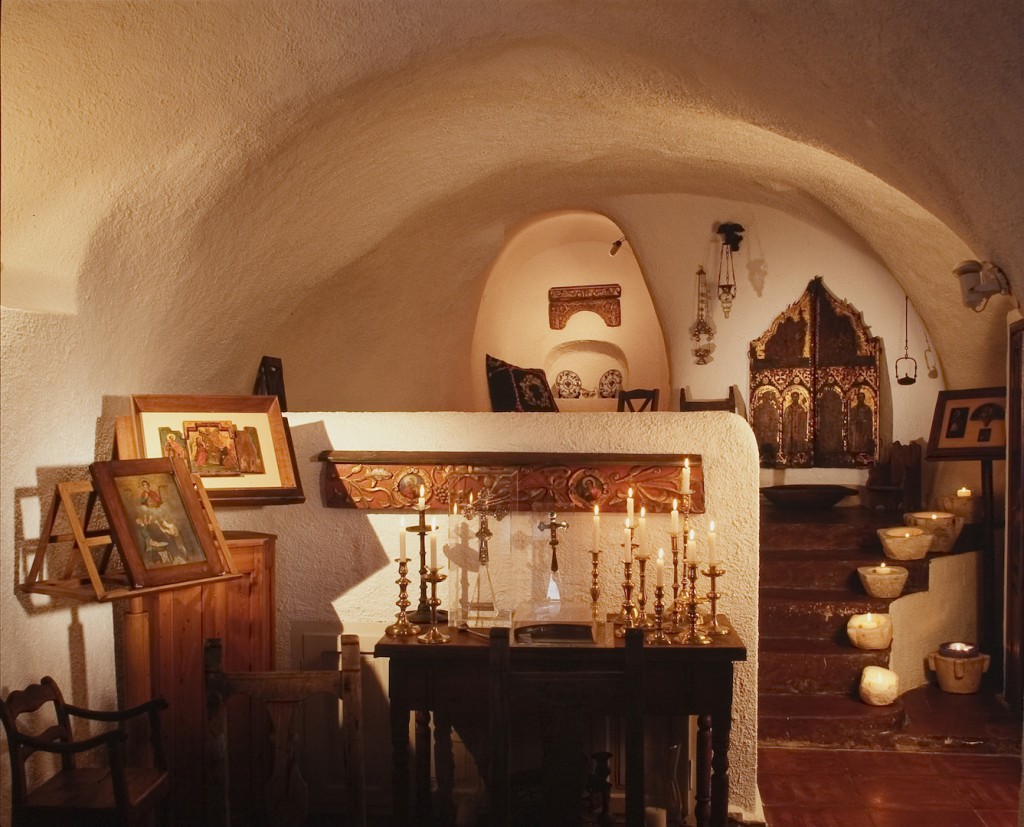
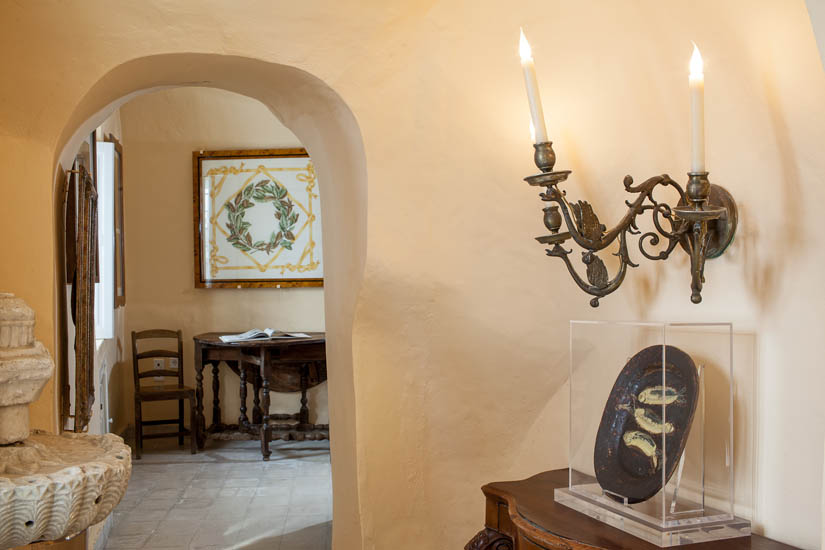
You possess a piece by Picasso. Could you tell us the story of how you came to acquire the piece?
It was Christmas time of 1994, in cold Athens, when I got a call from an art dealer that this piece was available on the market. My astrological sign is pisces, so I always had an interest in fish as an art subject. Besides, one of my 14 collections is with fish shown in art from the antiquity times. When I saw it and realised the value of it, I bought it straight way at a bargain price for that time!
Greek painter Yannis Tsarouhis drew your brand’s trademark for the hotel as a mark of friendship. How did you come to know the artist? Do you have any other ties with artists?
As mentioned before, my friendship with Yannis Tsarouhis goes back to 1964, when I was just a school boy and during my summer vacations I was working in the famous Eleftheroudakis bookstore. One day he stepped in and asked me for a Titiano book, and then it all started. The 60s was a blossoming time for the Greek arts, which led Greece to win two Noble prizes for literature. Seferis, Elytis, Vassiliou, Gikas, Tsoclis, Fasianos and the famous Nelly’s photographer are only some of the many artists which I was lucky enough to meet and honoured to become friends with.
Do you have a private collection in your own home? If so, how did you decide which artworks to keep in your own home and which to put in the hotel? Was the separation difficult?
In my main house I have a collection of Yannis Tsarouhis paintings and a big oil painting of Spyros Vassiliou “The carnival of Athens – 1936”, which are also accompanied with Byzantine and Antiquity items. When I first acquired the hotel in Santorini, my first intention was to create five different houses which will first host my collection and then my friends and family. I came to decide which art piece went where, based on the square meters of each house as well as the colour coordination of the room itself. The separation was never difficult, since I knew I would always have them close to me one way or another.
Are you still developing your collection?
I try to acquire one new item every week, minimum. A ritual I have with my friends is to wake up every Sunday from 6 o’clock in the morning and go downtown to the Monastiraki flee market. I always find something interesting to buy at a bargain price!
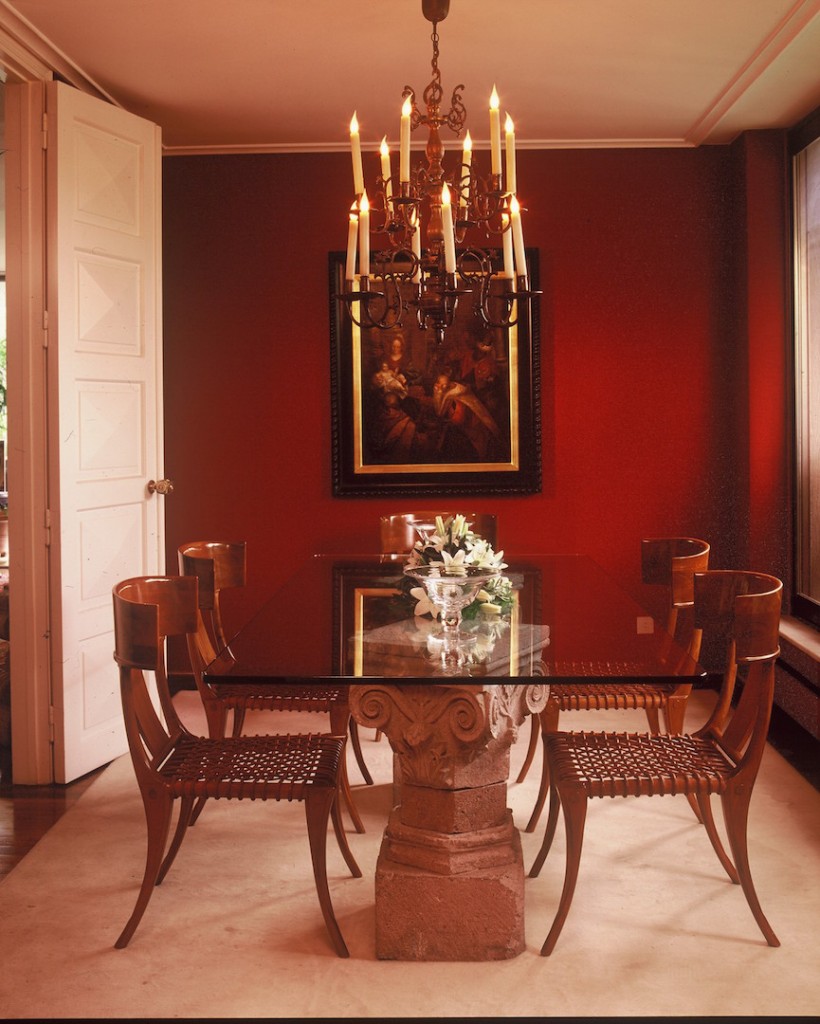
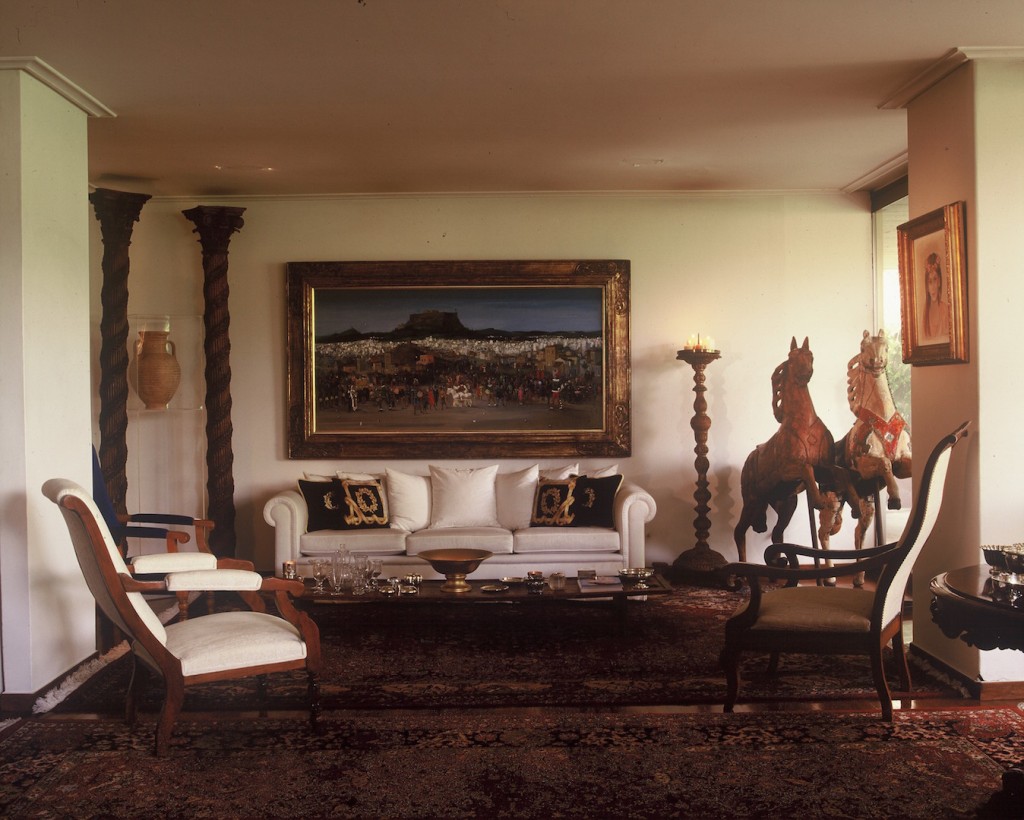
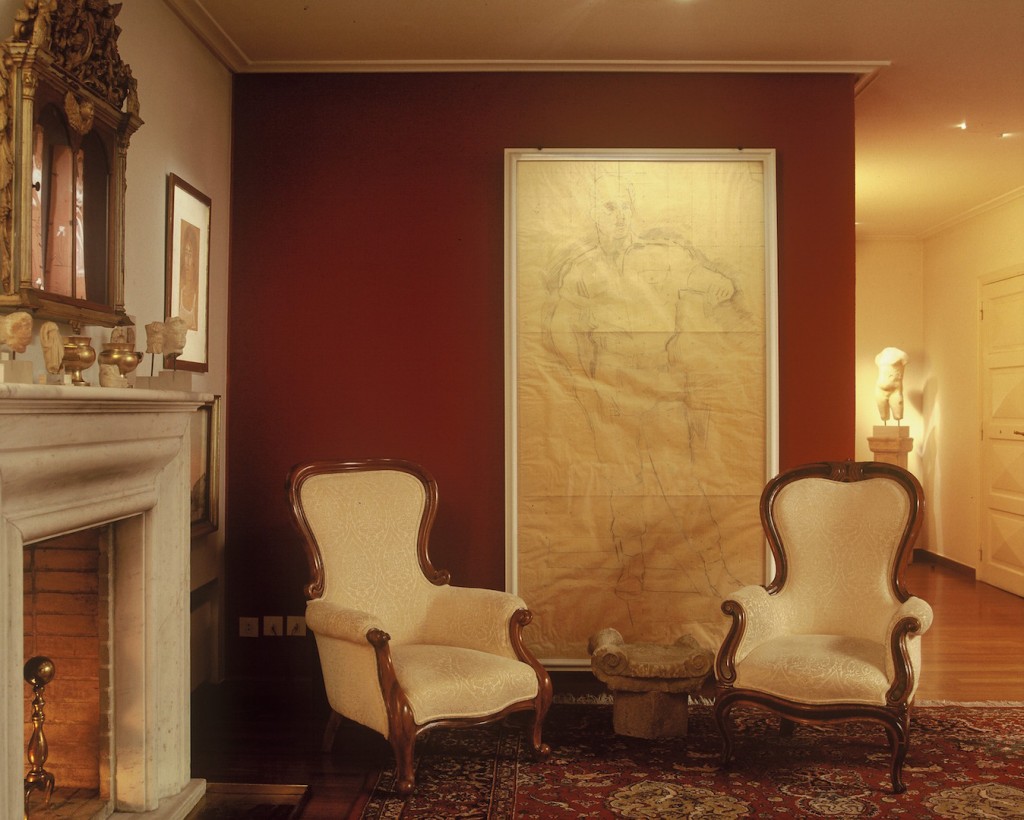
Thoughts on collecting
What are the main particularities of Greek art?
The art schools of Munich, Paris and Rome were the nourishing places for many Greek painters of the 20th century, therefore their blossom was parallel with the European one. Unfortunately, they were not recognised as a whole during that time. Instead they were seen as individuals, each one of them building their own carriers. I am sure, that when the European art history will be rewritten, it will stop at numerous Greek painters of the time. A common point of view for all the Greek artists, no matter the time or the style is to depict the Hellenism throughout their works, that is what makes them unique for me.
What spurred the fascination to collect artefacts? Do you have a preference between works of art and artefacts?
As mentioned before, history and the story behind every piece of art are the two paths which fascinate me the most. I do not have such a preference; I am interested on the authenticity of the object and of course to complement my existing collections.
From previously being a lawyer until the age of 40, do the skills gained from that profession help you make up your mind easily when deciding on a piece of art? What is your decision making process?
Collecting was always a hobby for me, never a profession. I have been collecting long before I became a lawyer. The one had never anything to do with the other. However, due to the fact of my legal knowledge, many artists such as Seferis, Elytis and Tsarouhis came to me for my legal advice on numerous cases.
How can you judge the authenticity of a historical object or old masters work?
There are many ways, from plain instinct to a scientific test. In my life time, I have used almost all of them.
What are you particularly looking forward to in the next 12 months?
My main goal for the forthcoming year is to establish my own museum in Santorini.
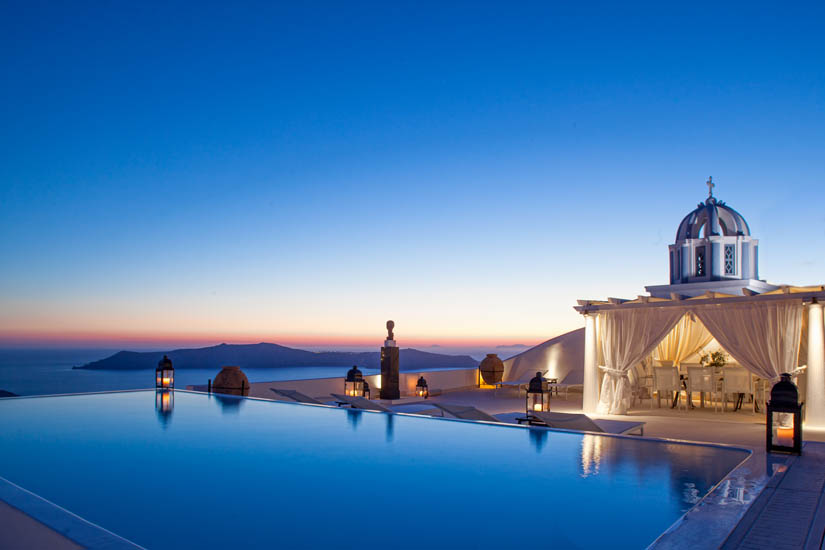
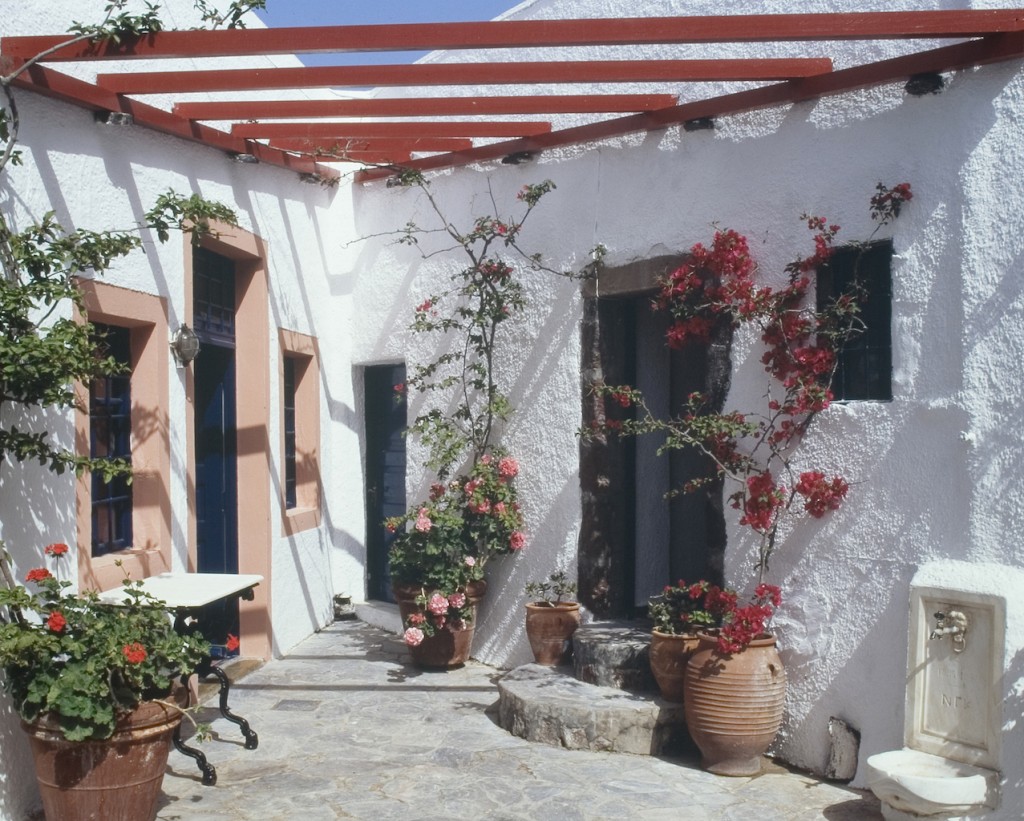
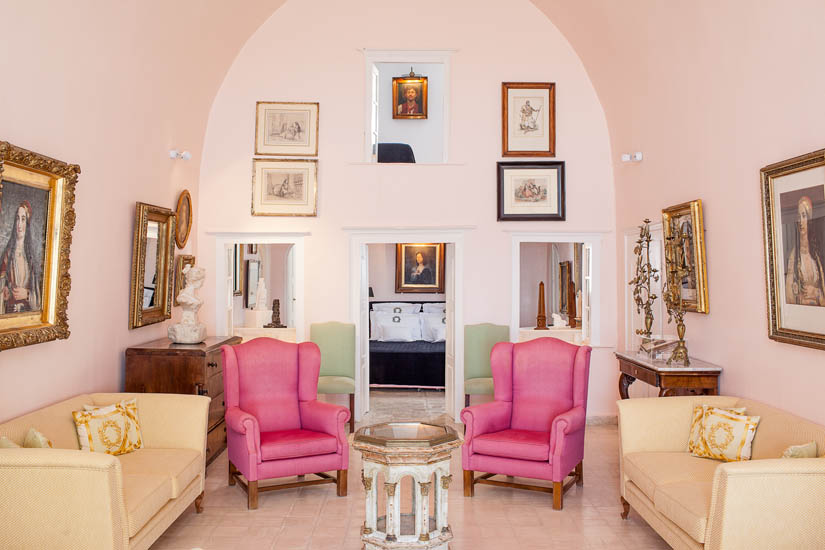
The Hotel: luxury and art
Why did you want to display your collection in a hotel? Is it the best platform to show art in your opinion?
30 years ago, when I first created the hotel, there was nothing similar, where someone could combine a luxury stay, a breathtaking view and unique art pieces. In my opinion a hotel is a very good platform for culture and to educate visitors, since you “oblige” them to be educated just by staying in their hotel room!
You are currently building a museum for your 4000 artefacts and artworks. Could you tell us any details about the museum or when the works will be finished?
Under the hard circumstances of the Greek economic crisis, I hope the museum will start operating by 2020.
What do the artworks add to the already luxurious boutique hotel?
Culture!
Is art a luxury?
Yes, I believe it is.
What is your definition of luxury?
Luxury is the ability to feel complete, either with few or many things. Money does not necessarily bring luxury – good manners do.
Claire Bouchara
Read more about:
The artists Tsitouras collects:





